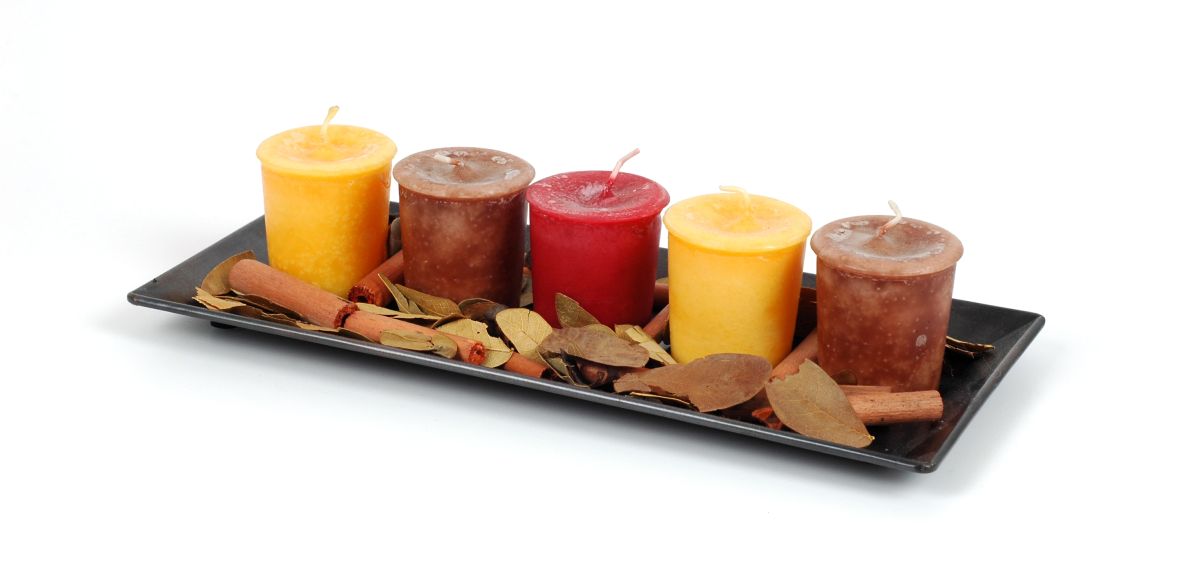login or create an account

Votive candles - Wax formulas
Wax formulations for votive candles, even if they sometimes differ to offer one or another particularity, are generally among the simplest you will ever use and are basically the same formulas used to make pillar candles.
But don't forget that you will probably have or want to adjust the formulas I am about to give you. Why and when? For instance, if the base paraffin you use is radically different from the one I use (oil content, melting point...); or if the climate of your country is very different from mine (Belgium); or if you want to substitute one ingredient for another; etc, etc.
As usual, you will have to experiment a lot before you find YOUR favorite formula ! That's part of the fun

Formula #1
- any of the pillar candle formulas
Formula #2
- a commercial blend formulated for votive (or pillar) candles
Commercial votive wax blends
As we have just seen, votive blends tend to disappear to be replaced by pillar blends. There are still a few blends advertised as votive blends, although most are votive / tart blends. They include: IGI 4974, ProBlend 650 Para-Soy Votive and Tart Wax, Ky Para-Soy Tart & Votive Blend and IGI 6028.
Time to play !
You can also add a small percentage of microcristalline hard to harden your votive candles and enhance their combustion time.
Do not hesitate to modify the formulas I gave you (always in very small proportions and one ingredient at a time, otherwise you won't be able to tell which one caused that very good or very bad result) and test, test and test again: it's the best (and only) way to come up with your perfect formula !
 Thanks a bunch!
Thanks a bunch!

